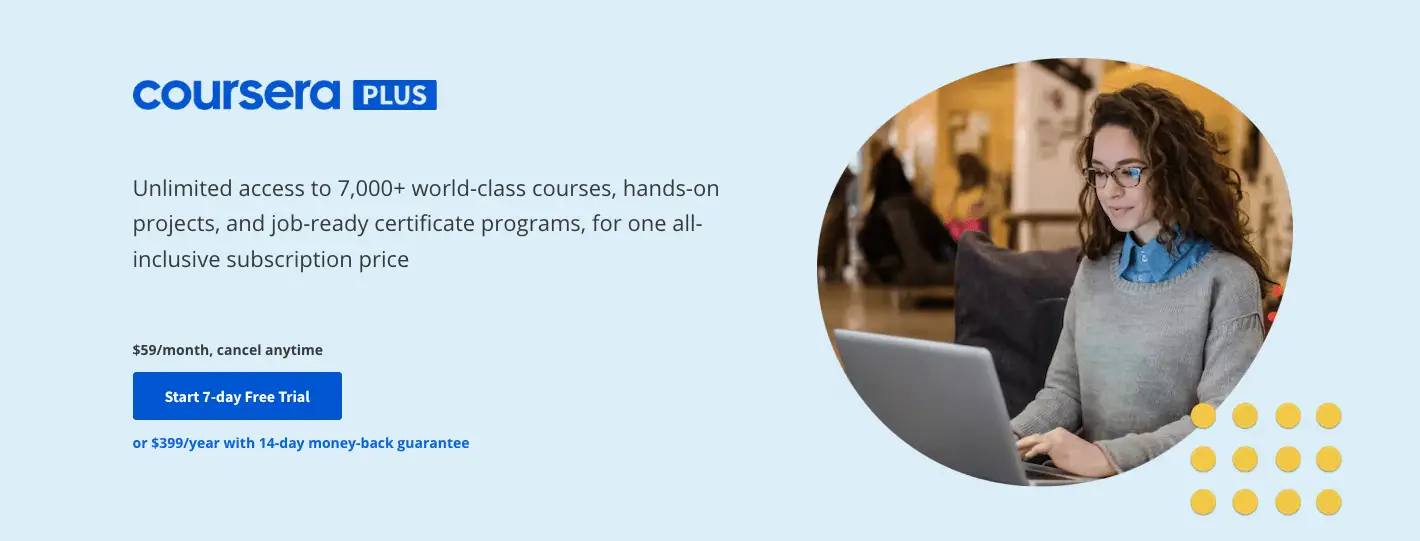Exam Name: Semrush Site Audit Course
Exam URL: https://www.semrush.com/academy/courses/semrush-site-audit-course/

Before you start, review the information below:
- You will be asked 22 questions.
- You are allowed 27 minutes for the exam.
- To pass the exam, you need to score at least 70%.
- The exam and certification are 100% free.
- You have a total of 3 attempts to pass, then in 30 days, you’ll get 3 more.
Table of Content
- 1 Which Site Audit report contains the list of unresolved errors?
- 2 Where do you go to see technical improvement change logs?
- 3 Why is it necessary to make scheduled recrawls of your website on a regular basis?
- 4 Which of the following is NOT a correct canonical tag implementation?
- 5 With SEMrush Site Audit, it is possible to crawl a site behind a password protected login.
- 6 When working out a technical strategy how should you categorise issues?
- 7 Which is the best way to get rid of a 404 error if a web page moved to another URL?
- 8 Should you use nofollow when internally linking and looking to pass page rank?
- 9 How do you quickly check if all the issues related to redirect loops and 404 errors are fixed?
- 10 What pages should be present in the sitemaps?
- 11 What should you fix first while working on technical SEO?
- 12 Where should your sitemap be referenced?
- 13 Why would you want to slow down your crawl when setting up a site audit?
- 14 What is a canonical tag?
- 15 What is the purpose of an optimized meta description?
- 16 Site Audit flags your web pages as duplicate content due to their URL parameters, which appear when one applies a filter. What should you do in this case?
- 17 What is the rough rule of thumb for the ratio of internal links to your core pages?
- 18 If a page is “Orphaned” what does it mean?
- 19 Which check is NOT related to a security issue?
- 20 What is the purpose of an optimized title tag?
- 21 What issues are the most critical to fix first?
- 22 Which of these is the most important aspect of links to your site?
Which Site Audit report contains the list of unresolved errors?
- Issues
- Statistics
- Crawled Pages
Where do you go to see technical improvement change logs?
- It’s in the main dashboard
- You need to go to Google analytics
- The Progress tab
Why is it necessary to make scheduled recrawls of your website on a regular basis?
- To make sure you spend your monthly quota
- To get timely information on website health status changes and to define the reasons for traffic decline, if needed.
Which of the following is NOT a correct canonical tag implementation?
- Use canonical= in robots.txt
- Use rel=”canonical” link tag
- Use rel=”canonical” HTTP header
With SEMrush Site Audit, it is possible to crawl a site behind a password protected login.
- True
- False
When working out a technical strategy how should you categorise issues?
- A list – all issues are just as important
- By volume – there are 1000s of issues on one aspect and only 10s on others – tackle the big one first
- By Importance and Urgency
Which is the best way to get rid of a 404 error if a web page moved to another URL?
- Specify the proper link on the page and use a redirection
- Use a redirection
- Change the URL
Should you use nofollow when internally linking and looking to pass page rank?
- Yes
- No
- Launch a re-crawl and check out the appropriate issues
- Check every link manually
What pages should be present in the sitemaps?
- Ones that are canonical to other pages
- Ones that are to be indexed by Google bots
- 404 pages
What should you fix first while working on technical SEO?
- Critical and urgent issues only
- Critical issues
- All the issues
Where should your sitemap be referenced?
- In the page footer
- In the robots.txt file
- On any URL
Why would you want to slow down your crawl when setting up a site audit?
- The slower the crawler, the more information it retrieves
- To stop the crawler being blocked and keep your developers happy
- To save money on SEMrush credits
What is a canonical tag?
- A tag that tells Google the main keyword you want to rank for
- A hard rule that Google must follow, no matter what
- A directive that tells Google the preferred version of the page
What is the purpose of an optimized meta description?
- To rank for a specific keyword
- To create an enticing CTA to enhance CTR
- A space to put information that only Googlebot will see
Site Audit flags your web pages as duplicate content due to their URL parameters, which appear when one applies a filter. What should you do in this case?
- Hide this issue
- Check if these parameters are present in the Google Search Console
What is the rough rule of thumb for the ratio of internal links to your core pages?
- 80% of links point to 20% of pages
- 100% of links point to my main commercial converting pages
- All pages get equal links
If a page is “Orphaned” what does it mean?
- The page exists but it is not linked to from anywhere on the site
- It’s a brand new page that hasn’t been crawled yet
- It’s on the site but not in the sitemap
- A page responds with a 5хх code
- Mixed content
- Using a <input type=“password”> field
- Subdomains don’t support secure encryption algorithms
What is the purpose of an optimized title tag?
- To help Google understand the topic of your document
- It doesn’t have any direct SEO impact
- A space to stuff keywords you want to rank for
What issues are the most critical to fix first?
- Alt attributes
- Broken Links and 404s
- Missing meta descriptions
Which of these is the most important aspect of links to your site?
- Progress, then choose “Crawled Pages”
- Crawled pages + filter “New pages = yes”
- Issues
All SEMrush Certification Exam Answers
Semrush SEO Certification Exam Answers
Semrush SEO By Greg Gifford Certification Exam Answers
Semrush Technical SEO Certification Exam Answers
Semrush Content Certification Exam Answers
- SEMrush Content Marketing Toolkit Exam Answers
- SEMrush Social Media Toolkit Exam Answers
- SEMrush Content Marketing Fundamentals Course with Ashley Segura Exam Answers
- SEMrush Building a Social Listening Program Exam Answers
- SEMrush Marketing Analysis - Where Theory Meets Practice Exam Answers
- SEMrush Content and SEO Agency Playbook Course with Andy Crestodina Exam Answers
Semrush Competitive Research Certification Exam Answers
Semrush Sales Certification Exam Answers













